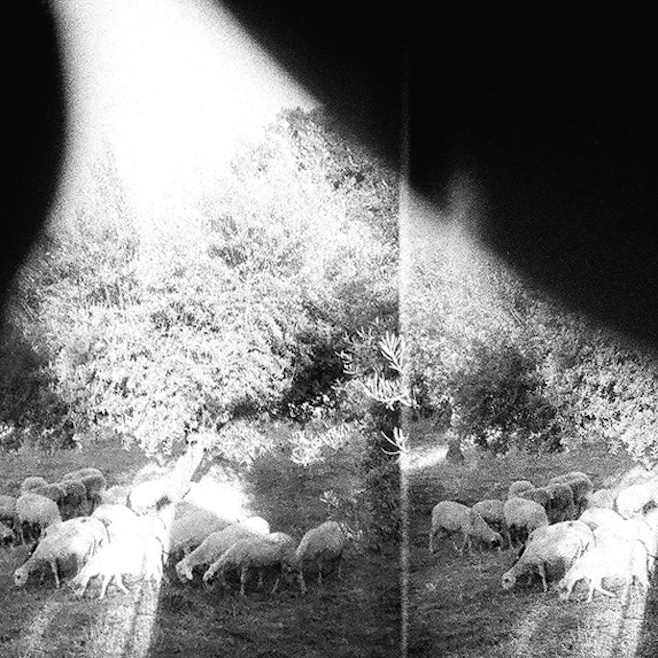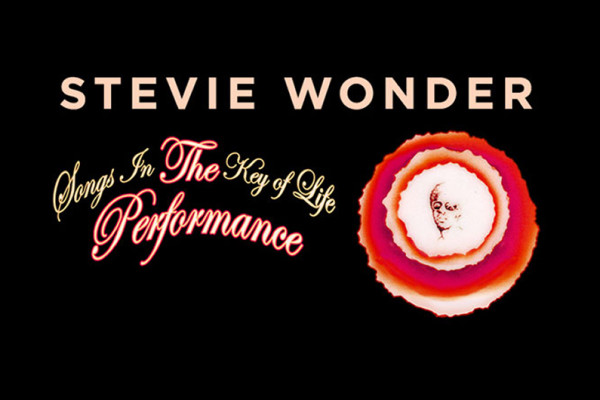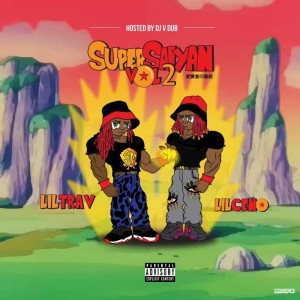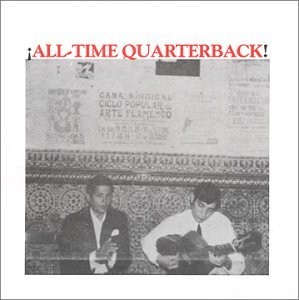Even though I like to pretend I’m a music aficionado, let’s face it: I seriously have no idea what’s going on when it comes to titling remixes. Sure, I have every song in my iTunes library labeled to a tee. I take care to list who’s featured on a track, who produced it, what label it’s on (if any), and most importantly, what the artist labeled the track. As a result of this OCD tendency combined with my love for all things electronica, my music catalog is brimming with words like “refix,” “original mix,” and “flip.” Despite this need for classifying these songs with various descriptors, I have no clue what most of these words actually mean. I’m sure many of you guys are in the same boat. So, after a few days of digging on Reddit and a few Google searches, let’s see if it’s possible to clear up some of this jargon.
One of the primary differences between tracks is length. Each different length has a different name. In a sense, every song in its purest form is an original mix, but some songs come in multiple versions. Although it seems intuitive, it’s still helpful to clarify that original mix denotes the first complete mix by the original artist. Simply put, it’s a song by an artist with no other changes; it can be of any length. If an artist prefers the track to be longer, he or she will produce an extended mix. In the extended mix, the track usually includes a longer intro and outro and is longer than the original mix. This type of mix is how the original artist imagines a song without time constraints — usually too long for radio. The last type of mix in this temporal category is the radio edit. In the radio edit, expletives are taken out and the length of the track is cut between 3 and 5 minutes in length (but usually closest to the three minute mark). Intros and outros that may bore radio listeners and take up valuable advertisement time are cut down.













